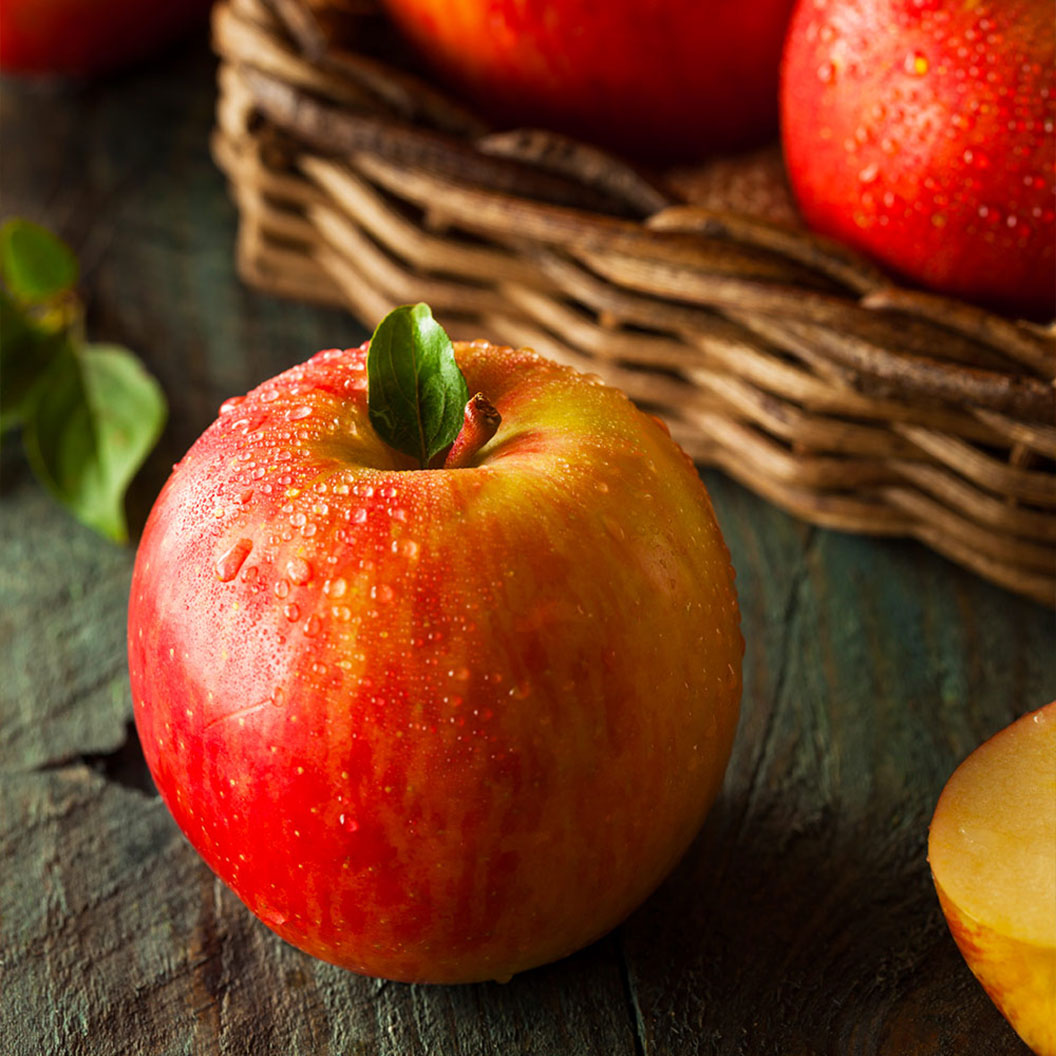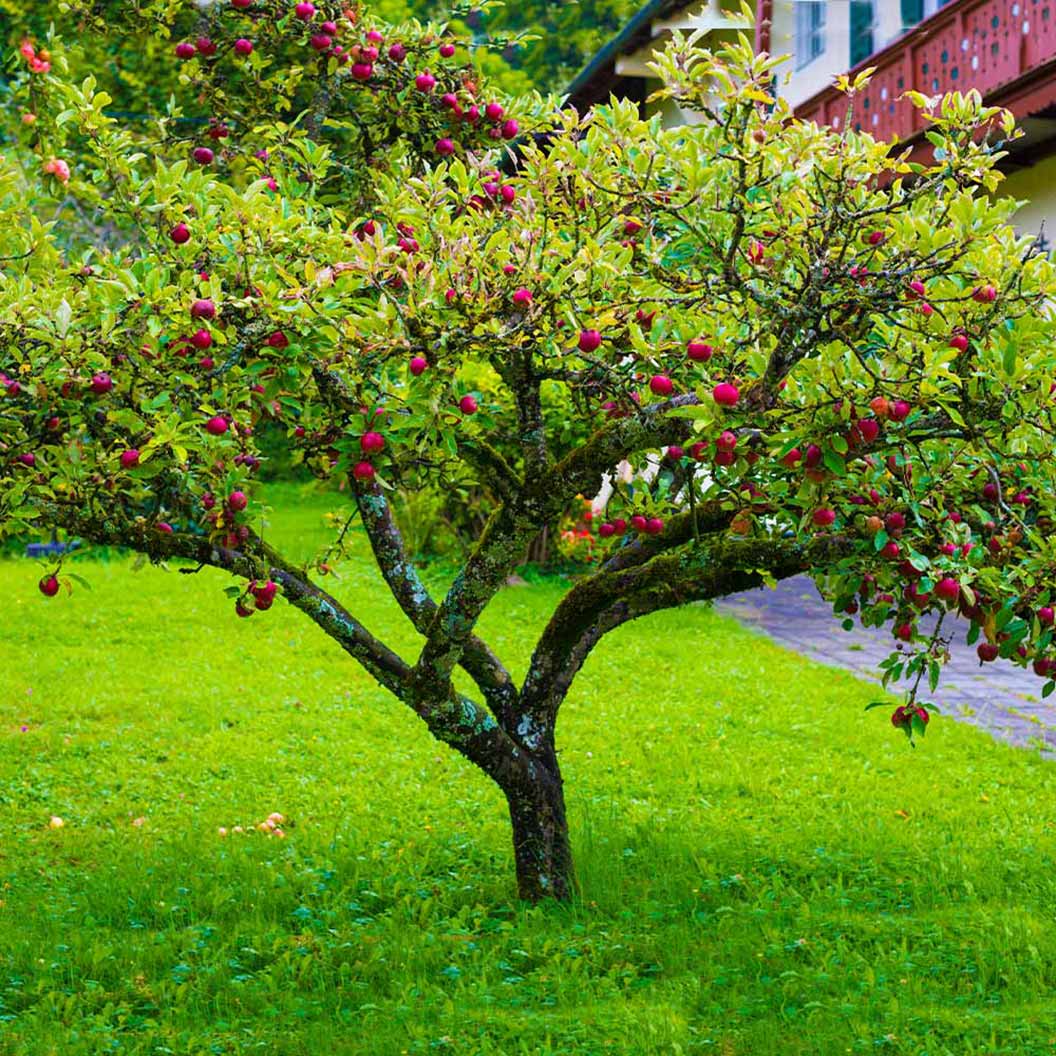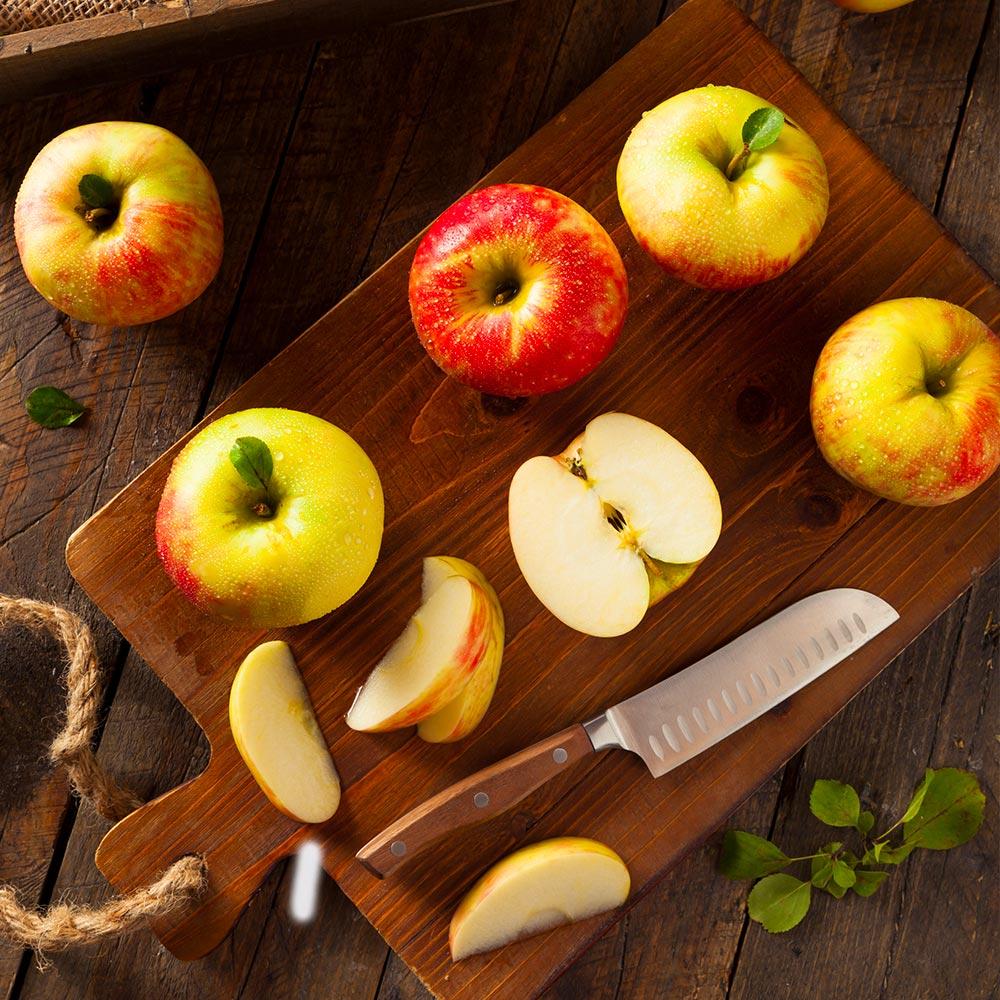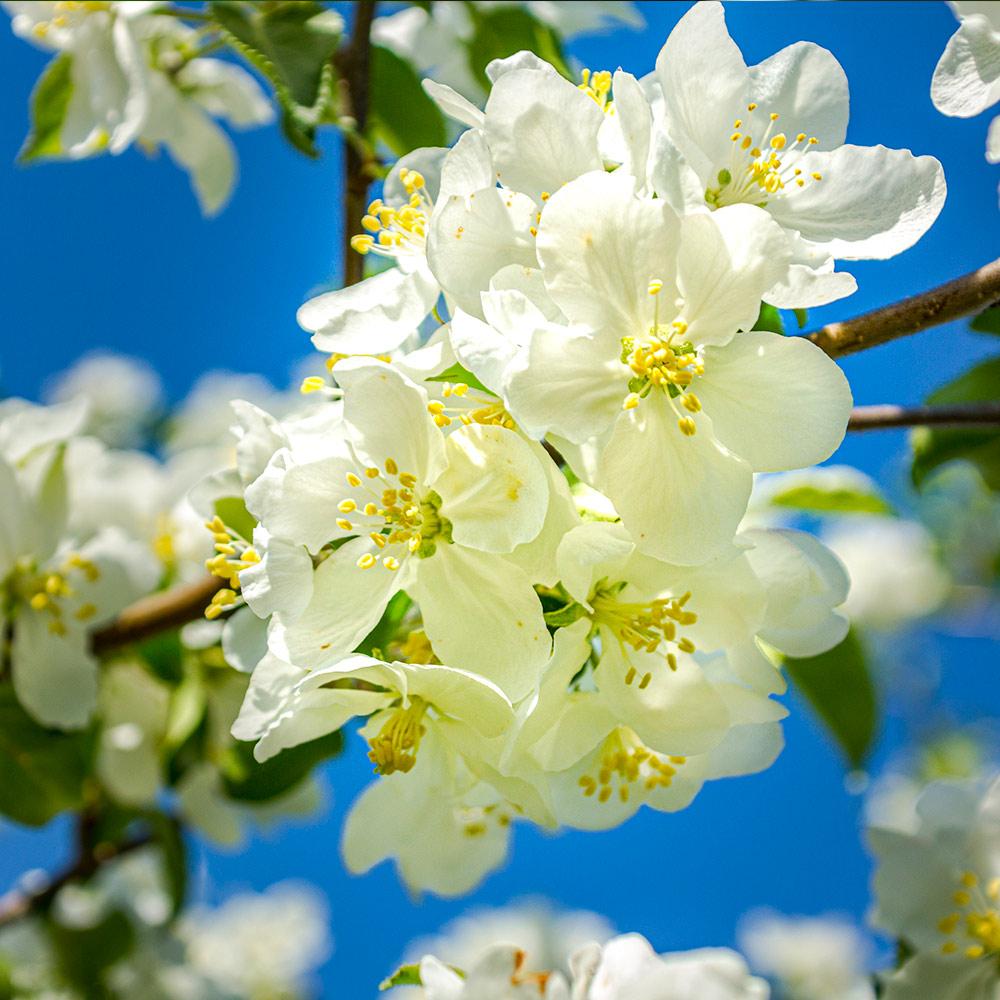Bring the Supermarket to Your Own Backyard
Why Fuji Apple Trees?
Delicious and meticulously nurtured, the Fuji Apple Tree produces crisp, super sweet apples – the perfect snack, right from your backyard. And with our Fuji, it’s never been easier.
And whether you eat them straight from the tree or bake them into oven-fresh pastries, Red Fujis are known for their exceptional quality. Their versatility is what makes them the ideal pick for planting.
Why Fast-Growing-Trees.com is Better
The best part, though? Your new Fuji Apple Tree has been thoroughly cared for to promote extra branches. We've grafted and trained our Fuji Apple Trees for an increased number of well-developed branches. And more branches bring more fruit and faster production, so you can expect fruit sooner than seed grown trees.
So, we’ve done the extra work so that you don’t have to. You get the promise of great-tasting, easily-grown apples, consistent from season to season, because our trees are grown and prepped for best results.
Imagine hassle-free, low-maintenance Fuji Apples, right from your backyard. Click to order your own Fuji Apple Tree today!
Planting & Care
1. Planting: Once you've found a location with full to partial sun (an area with about 4 to 8 hours of sunlight per day) and well-drained soil, it's time to plant. Make your planting site hole twice the width of the root ball and just as deep. Then, gently comb your hands over the root ball to free up the roots, place your new Fuji Apple into the hole, and back fill your soil. Finally, tamp down the soil as you fill the hole and water the planting site to settle. We also recommend mulching around the base to prevent competing weeds and grasses from growing around the area.
*Tip: Make sure your mulch is not touching the base of the trunk.
2. Watering: Your Fuji Apple will benefit from a regular watering schedule each week. You may need to water more often in times of extreme heat or drought, but as long as your soil is consistently moist, you're good to go. If you're not sure when to water, simply check the surrounding soil (about 2 or 3 inches down) for dryness. If it's dry, it's time to water.
3. Pruning: Once your tree has become established and bears fruit, it will need some periodic, moderate pruning. Prune the tree during times of dormancy and remove any upright stems in the upper portion of the tree. Weak, damaged or dead branches should also be removed. Low-hanging, droopy branches should also be removed for best results.






Comment